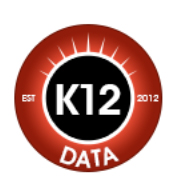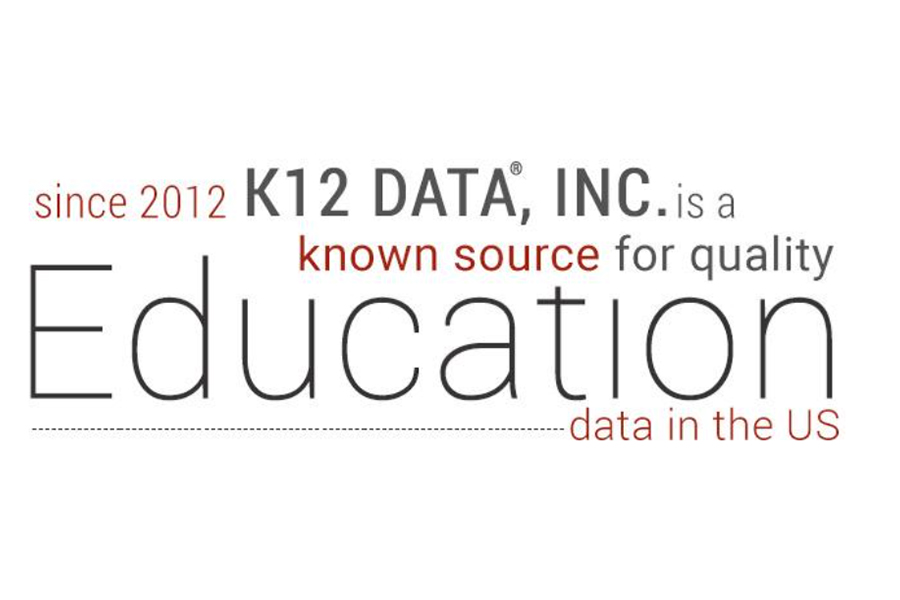Mastering the art of selling to schools requires a nuanced approach due to the unique challenges and decision-making processes within the education sector. Here are essential do’s and don’ts to consider when selling to schools:
#Do’s:
1. Understand the Educational Landscape:
Invest time in understanding the structure, challenges, and goals of the education sector. Familiarize yourself with the curriculum, regulations, and trends impacting schools.
2. Build Relationships:
Focus on building long-term relationships with educators, administrators, and decision-makers. Establish trust and credibility through consistent communication and reliable support.
3. Provide Value-Based Solutions:
Emphasize the value and benefits of your products or services in addressing specific needs or challenges faced by schools. Demonstrate how your offerings can improve educational outcomes.
4. Tailor Your Approach:
Customize your pitch and offerings based on the unique requirements of each school or district. Acknowledge the diversity in educational environments and adapt your strategy accordingly.
5. Educate and Empower:
Position yourself as an educational partner by providing resources, workshops, or webinars that empower educators. Show a genuine interest in helping schools achieve their educational goals.
6. Highlight Success Stories:
Share success stories and case studies from other schools or districts that have benefited from your products or services. Real-world examples can be powerful in showcasing your value.
7. Stay Informed About Education Trends:
Stay updated on current trends, technologies, and challenges in education. Position your offerings as solutions that align with the evolving needs of schools.
8. Offer Flexible Solutions:
Provide flexible pricing and solutions that accommodate the budget constraints often faced by educational institutions. Consider subscription models or bulk purchase discounts.
9. Provide Training and Support:
Offer comprehensive training programs and ongoing support to ensure schools can effectively implement and maximize the use of your products or services.
10. Comply with Regulations:
Ensure that your products and sales practices comply with educational regulations and standards. Be aware of data privacy concerns and other legal considerations.
#Don’ts:
1. Assume One Size Fits All:
Assume that a generic approach will work for all schools. Each institution has its own unique needs, and a personalized approach is crucial.
2. Overlook Budget Constraints:
Neglect the budget constraints faced by schools. Be transparent about costs and explore flexible payment options.
3. Focus Solely on Features:
Rely solely on listing features. Instead, emphasize the specific benefits and impact your solutions can have on the educational experience and outcomes.
4. Neglect Professional Development:
Overlook the importance of providing professional development opportunities. Ensure that schools have the training needed to effectively implement and use your products.
5. Disregard Educator Input:
Disregard the input and feedback from educators and administrators. Involve them in the decision-making process and show that you value their perspectives.
6. Ignore Data Privacy Concerns:
Neglect data privacy and security considerations. Schools handle sensitive student information, and it’s crucial to address and alleviate any concerns in this area.
7. Pressure for Quick Decisions:
Apply undue pressure on schools to make quick decisions. Understand the lengthy decision-making processes in the education sector and be patient.
8. Lack Adaptability:
Be rigid in your approach. Education is an evolving field, and your offerings should adapt to changes in curriculum, technology, and teaching methods.
9. Disregard Cultural Sensitivity:
Overlook the cultural and regional differences within the education sector. Be sensitive to diverse backgrounds and tailor your communication accordingly.
10. Forget Follow-Up:
Neglect follow-up after the initial sale. Maintain ongoing communication, address concerns promptly, and continue to provide support even after the sale is complete.
By incorporating these do’s and don’ts into your sales strategy, you can navigate the complexities of selling to schools more effectively, building lasting relationships, and contributing positively to the education sector.

K12 DATA®, INC.
ENCINITAS TECHNOLOGY CENTER
533 2ND ST., SUITE 105,
ENCINITAS, CA 92024
Charlie@k12-data.com
303 557 8114
800 257 8813


